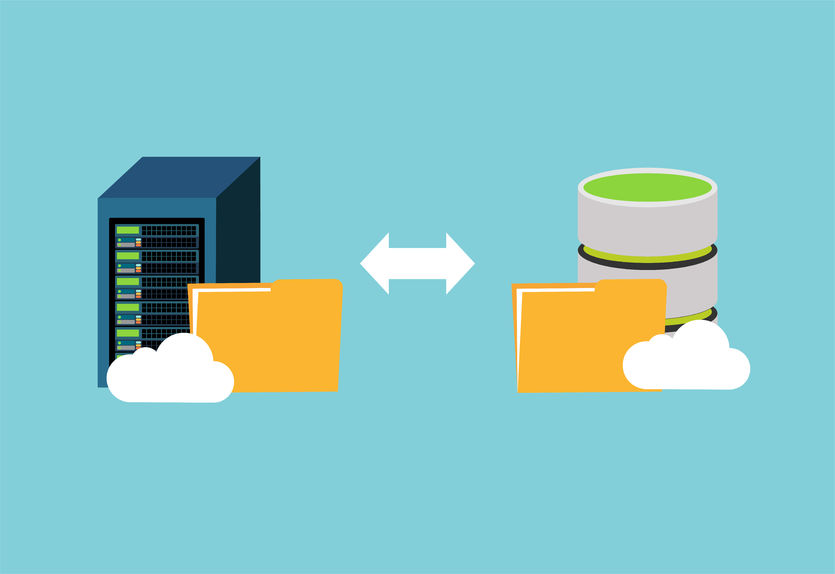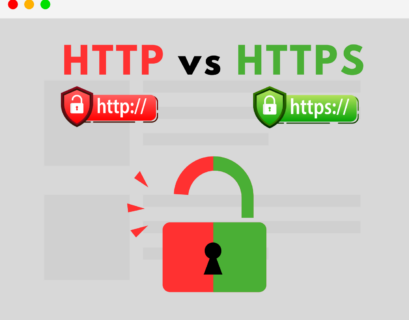Every time you visit a website, stream a video, or access an online service, your request travels through multiple network points before reaching its destination. One of the key components that make this process fast, reliable, and secure is the Point of Presence (PoP). PoPs are strategically located infrastructure points that help reduce latency, balance network traffic, and optimize content delivery.
This article will break down what PoPs are, how they function, and why they play a vital role in improving website performance, global connectivity, and overall network efficiency.
Table of Contents
What is a Point of Presence (PoP)?
A Point of Presence (PoP) is a physical access point that connects different networks, allowing data to be exchanged efficiently between them. It serves as a relay station where internet traffic is processed and redirected to its destination, reducing the time it takes for information to travel across the web.
PoPs are typically located in major cities and data centers, where they function as intermediary hubs between users and the internet services they access. Instead of relying on a single, centralized server, networks use multiple PoPs to handle traffic distribution, improve loading times, and ensure higher availability.
For example, when a user visits a website, the request is routed through the nearest PoP instead of traveling across long distances to reach the hosting server. This improves response time, minimizes latency, and prevents network congestion.
PoPs play a crucial role in various digital services, including:
- Internet Service Providers (ISPs) using them to expand their network coverage and provide reliable connections.
- Content Delivery Networks (CDNs) utilizing PoPs to cache website content closer to users.
- Cloud providers relying on PoPs to optimize service delivery across different regions.
- DNS providers deploying PoPs to enhance domain name resolution speeds and security.
How Does a PoP Work?
A Point of Presence acts as a connection hub that facilitates data exchange between networks and ensures efficient routing of internet traffic. The process involves several steps:
- Network Traffic Routing
When a user requests a website or an online service, their request is directed to the nearest PoP rather than being sent directly to the main hosting server. - Data Processing and Optimization
The PoP analyzes the request and determines the most efficient route for delivering the content. In cases where CDNs are involved, the PoP serves cached content from its storage instead of retrieving it from the origin server. - Load Balancing
If one PoP is experiencing heavy traffic, the request is automatically redirected to another available PoP to prevent slowdowns and ensure a smooth browsing experience. - Security and Filtering
Many PoPs have built-in security features such as DDoS protection, traffic filtering, and SSL encryption to ensure that malicious traffic is blocked before it reaches the destination server. - Content Delivery and Response
After processing, the requested content is quickly sent back to the user from the closest PoP, significantly reducing latency and improving overall performance.
By working as distribution points, PoPs make global networks more scalable, secure, and efficient, allowing businesses to deliver content and services with minimal delays.
Why Are PoPs Important?
1. Faster Load Times and Reduced Latency
PoPs shorten the distance between users and online services, significantly reducing the time it takes to retrieve data. Without PoPs, requests would need to travel long distances, leading to slow website loading times and increased lag.
For example, if a website’s main server is located in the United States, but the visitor is in Europe, accessing the site directly from the U.S. would take several seconds. However, if the website has a PoP in Europe, the content loads much faster, improving user experience.
2. Improved Network Reliability
PoPs enhance network stability by balancing internet traffic and preventing congestion. In cases of server failures or high traffic loads, data is automatically rerouted through other available PoPs, ensuring that users continue to have access to the requested services without interruption.
3. Optimized Content Delivery for CDNs
Content Delivery Networks (CDNs) rely on PoPs to store cached versions of website content closer to users. This minimizes bandwidth usage on the main server, reduces loading delays, and improves overall website performance.
Websites that rely on fast content delivery, such as e-commerce platforms and streaming services, benefit significantly from CDNs using multiple PoPs.
4. Enhanced Security and DDoS Protection
PoPs also contribute to internet security by filtering out malicious traffic, preventing cyber threats, and ensuring encrypted connections. Advanced PoPs include firewalls, SSL/TLS encryption, and DDoS protection mechanisms to safeguard both users and website owners.
Suggested: What is SSL/TLS monitoring?
The Role of PoPs in ClouDNS Anycast DNS Infrastructure
A Point of Presence (PoP) is a key part of internet infrastructure that ensures fast and efficient data routing. In the context of DNS (Domain Name System) resolution, PoPs help minimize latency, improve redundancy, and enhance the overall reliability of network services.
ClouDNS has built a high-performance Anycast DNS network designed to provide fast, secure, and globally distributed DNS resolution. With 67+ PoPs strategically placed across six continents, ClouDNS ensures that users worldwide experience low-latency connections and high availability.
When a user makes a DNS query, the Anycast technology automatically directs it to the nearest available PoP instead of a single central server. This significantly reduces response times, improves uptime, and prevents slowdowns caused by high traffic or localized outages.
Beyond performance, the ClouDNS Anycast network also strengthens security. By spreading DNS requests across multiple locations, it mitigates the risk of DDoS attacks and service disruptions, ensuring 99.99% uptime and a stable browsing experience.
With continuous expansion and optimization, ClouDNS is committed to delivering high-speed, secure, and resilient DNS solutions, making it an ideal choice for businesses and organizations looking to enhance their global online presence.
Conclusion
PoPs are an essential part of modern internet infrastructure, ensuring faster connections, better uptime, and improved security for users and businesses alike. As internet traffic continues to grow, the expansion of PoP networks will remain critical to delivering seamless online experiences, reducing delays, and maintaining the reliability of digital services worldwide.






